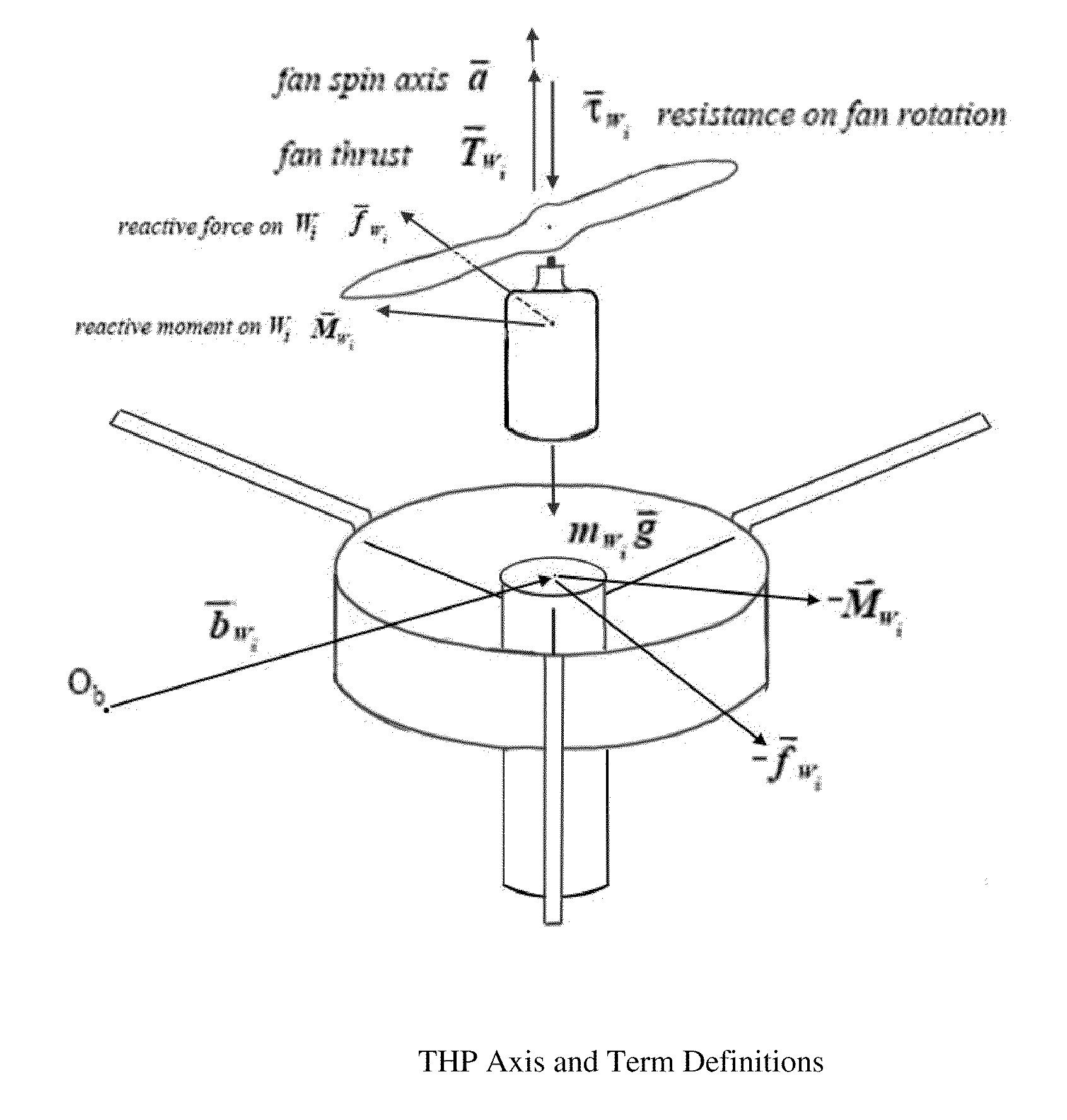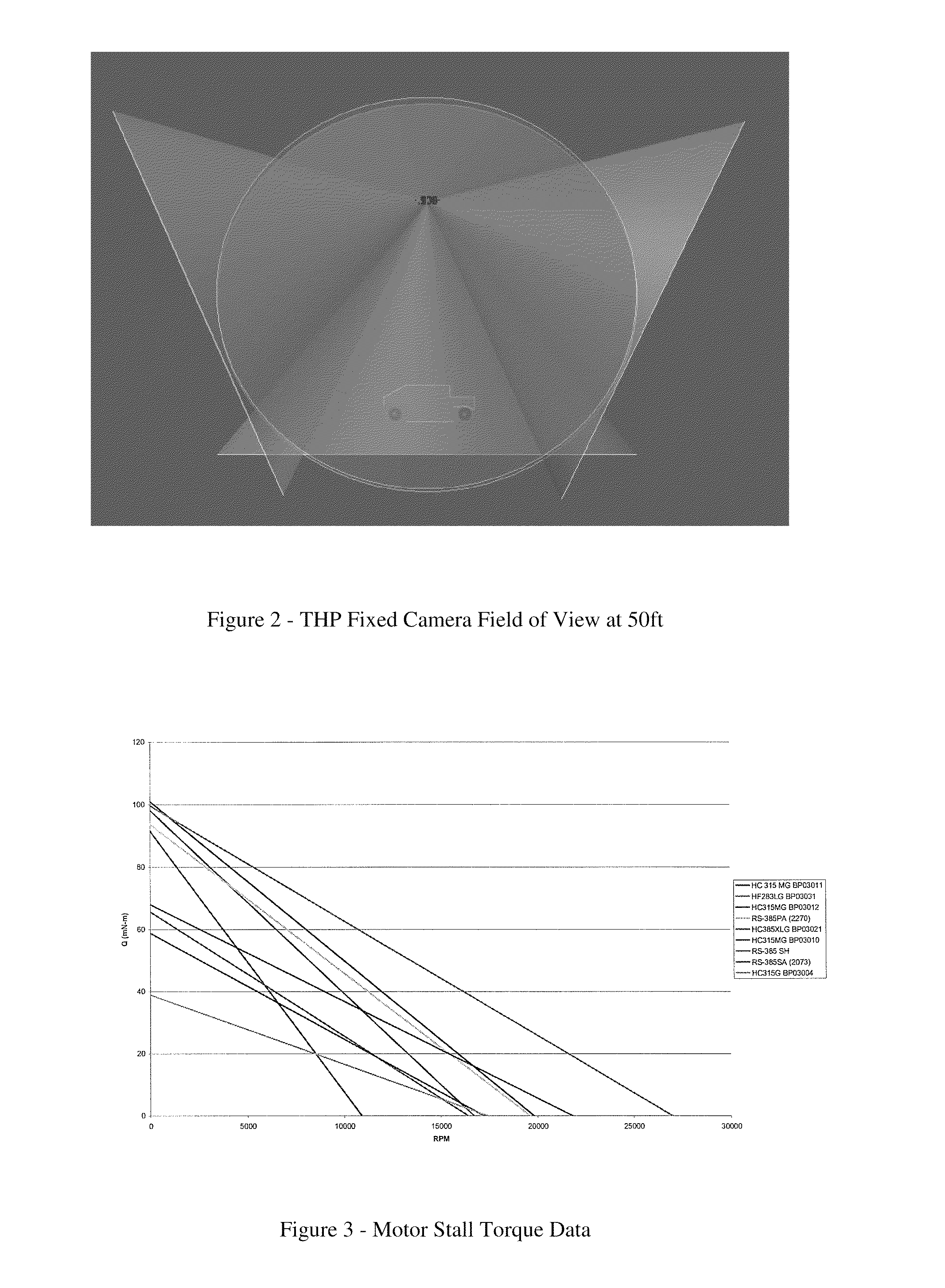Tethered hovering platform
a technology of hovering platforms and rotors, which is applied in the direction of generators/motors, vertical landing/take-off aircraft, aircraft navigation control, etc., can solve the problems of expensive and complicated methods, instabilities of hovering platforms designed with ducted rotors or shrouded rotors, etc., and achieves simple design, simple use, and simple deployment
- Summary
- Abstract
- Description
- Claims
- Application Information
AI Technical Summary
Benefits of technology
Problems solved by technology
Method used
Image
Examples
Embodiment Construction
[0079]According to the embodiment(s) of the present invention, various views are illustrated in FIG. 1-31.
[0080]There exists a need in many different sectors of the military or government agencies for a small, user friendly, UAV that can hover above the user and provide an eye in the sky for surveillance and situational awareness. This need is documented in a presentation released by the US Army Infantry Center at Fort Benning Ga. and a Congressional Research Services report on the Army FCS on May 2008. The current UAVs on the market have mission profiles that have them flying through remote operator control or through complex autonomous operation. For many troops operating on the ground in places such as Iraq and Afghanistan, these vehicles are being used in ways that do not utilize their full operational envelope and are performing a mission an order of magnitude simpler than they were designed. For example, solders are using fully autonomous free flight UAVs to sit and hover in o...
PUM
 Login to View More
Login to View More Abstract
Description
Claims
Application Information
 Login to View More
Login to View More - R&D
- Intellectual Property
- Life Sciences
- Materials
- Tech Scout
- Unparalleled Data Quality
- Higher Quality Content
- 60% Fewer Hallucinations
Browse by: Latest US Patents, China's latest patents, Technical Efficacy Thesaurus, Application Domain, Technology Topic, Popular Technical Reports.
© 2025 PatSnap. All rights reserved.Legal|Privacy policy|Modern Slavery Act Transparency Statement|Sitemap|About US| Contact US: help@patsnap.com



